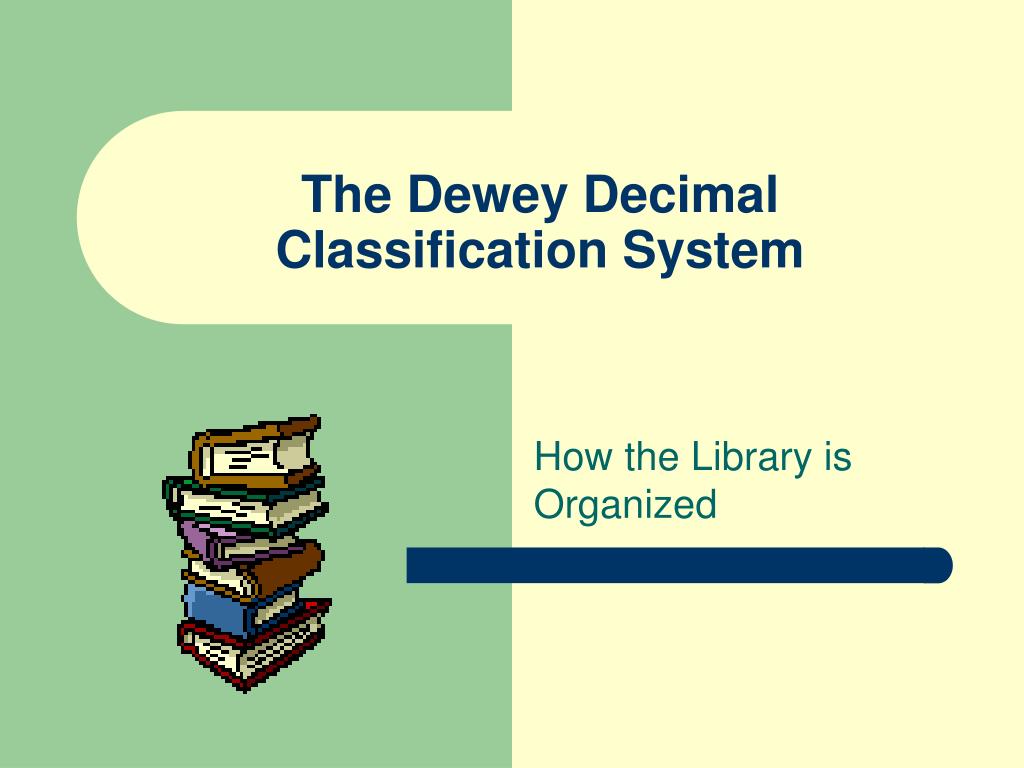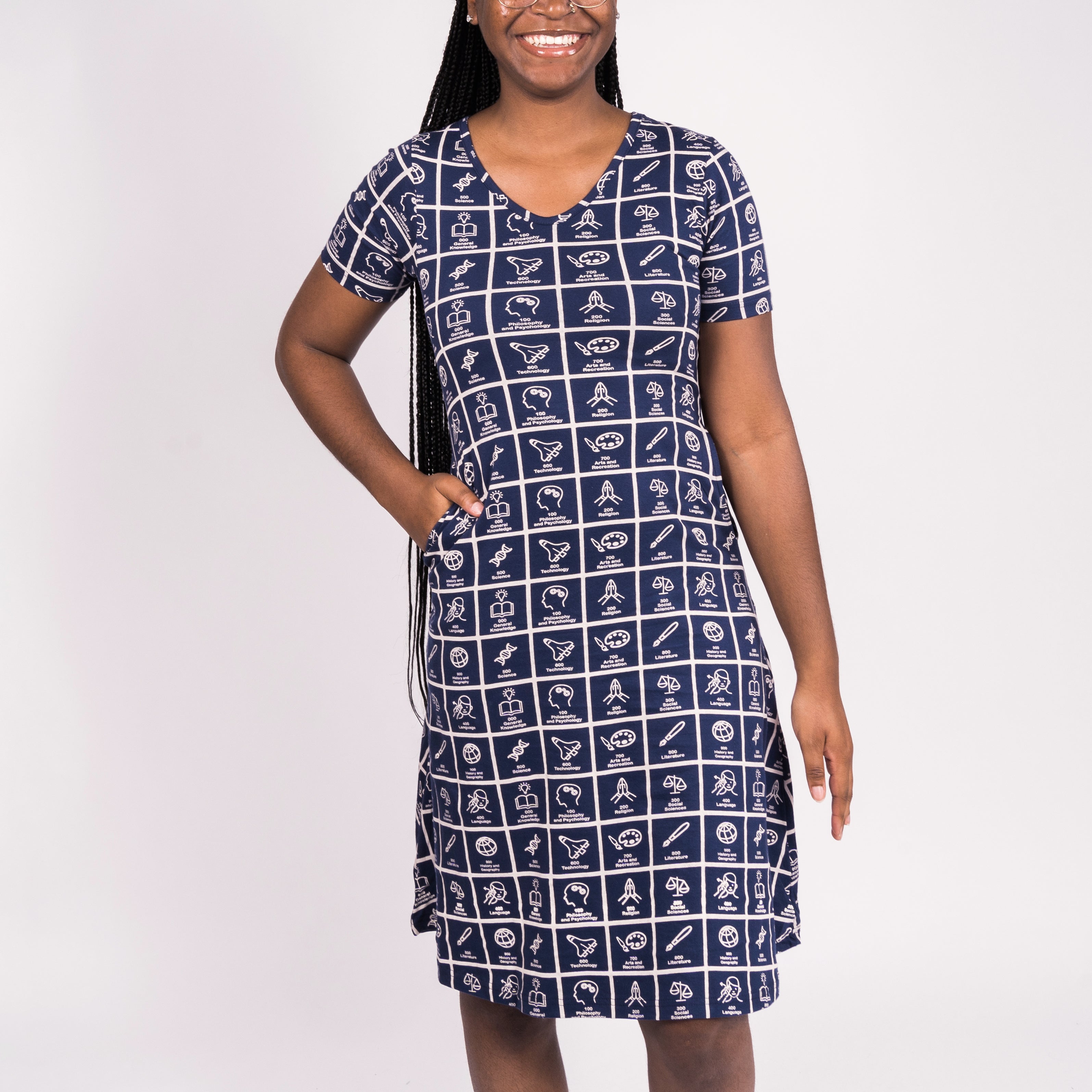The Dewey Decimal Classification (DDC) is a system of library classification developed by Melvil Dewey in the late 19th century. It is used by libraries around the world to organize and classify the materials in their collections, including books, periodicals, manuscripts, and other materials. The DDC has undergone several revisions over the years, and the current edition is the 23rd.
One of the key features of the DDC is its use of a hierarchical structure. The DDC is divided into ten main classes, each of which is further divided into ten divisions. The main classes are:
- Philosophy and psychology
- Religion
- Social sciences
- Language
- Pure science
- Applied science
- The arts
- Literature
- History and geography
- General knowledge
Each of these main classes is further divided into divisions, which are then divided into sections, and so on, down to the specific topic level. This hierarchical structure allows for the classification of a wide range of materials, from broad categories such as philosophy and psychology to specific topics such as the history of a particular country or the theory of a specific scientific principle.
Another feature of the DDC is its use of notation. Each class, division, and section is assigned a unique number, called a classification number, which allows for the easy identification and organization of materials. For example, the classification number for the history of the United States is 973, while the classification number for the theory of evolution is 575.2.
The DDC also includes a system of notation for subdividing and relating subjects. This allows for the creation of more specific and detailed classifications, as well as the linking of related subjects. For example, the classification number for the history of the United States during the Revolutionary War period would be 973.3, while the classification number for the history of the United States during the Civil War period would be 973.7.
In addition to its hierarchical structure and notation system, the DDC also includes a set of guidelines for the classification of new materials. These guidelines help ensure that materials are classified consistently and accurately, and they allow for the continuous updating and expansion of the DDC system.
In conclusion, the Dewey Decimal Classification is a widely used system for organizing and classifying library materials. Its hierarchical structure, notation system, and guidelines for new materials make it a flexible and efficient tool for libraries around the world.








